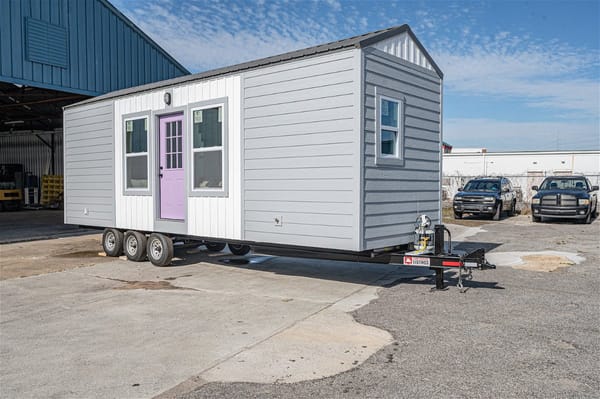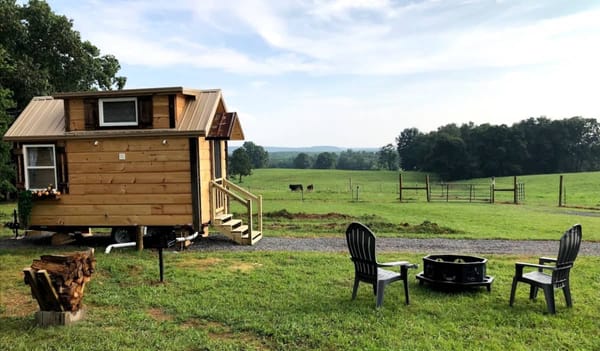How owning a tiny house can ensure you retire

The modern tiny house movement may seem geared more toward millennials and hipster families. However, with proper planning, shopping around, and good choices, it may be an ideal solution for retirement. Whether it be a custom tiny house built by a reputable builder or a manufactured park model or tiny home cottage, the notion of right size living and your house only having what you need and not all the creature comforts society commands, older Americans are warming up to the idea of a tiny retirement.
HOW TINY IS TINY THOUGH?
According to the U.S. Census Bureau, the typical American home has swelled to 2,598 square feet in 2015, up from just 1,660 square feet in 1973. It goes without saying though that modern tiny houses are considerably smaller though. Tiny houses are not just small suburban bungalows though. Think smaller even! The average tiny house is around 300 square feet which is actually about the same size as an average home’s master bath! A tiny house - especially one for retirement which often includes overnight visits from the kids and grandkids - can actually be a bit bigger with more living comforts. Park models and tiny home cottages are actually 399 square feet and larger. Some are even 2-bedroom with a 3-season room or screened-in porch meant to expand living options. But why are tiny homes growing in popularity for aging and retiring adults? Consider these factors.
FINANCIAL REASONS
Tiny homes are the ultimate in downsizing and downsizing means saving money on overhead expenses. Home equity is the biggest source of wealth for most people. Selling your regular home and moving into a tiny home can dramatically improve your retirement finances. The money earned on the sale of your larger home can easily cover the expense of a tiny home plus a potential revenue. Check out this tool to learn more about the power of your home equity: Retirement Calculator: Do You Need to Tap Home Equity?
ENVIRONMENTAL REASONS
Tiny homes are smaller, which means that they require less resources to build and keep running. Less room to heat and cool. Less electricity needed to keep them comfortable. Because tiny houses have a smaller physical footprint, they also a smaller environmental footprint.
THE SIMPLE LIFE
Retirees are often told to begin paring down their tangible possessions even before they have a retirement party. Oftentimes after years of raising children, being involved in civic activities, participating in hobbies, etc., we realize how much we have acquired through the years. The idea of letting go of some of that can be very appealing and the less we have to maintain, the more disposable income we tend to have. Retirement can be a great time to simplify and focus on the things that are truly important. Tiny living can help you do just that.
FREEDOM
Who wants to spend their golden years tinkering with hot water heaters or sweeping floors or even washing and drying dishes? Homes require care and maintenance and the larger the home, the larger the requirement. When we choose to live in a smaller home we are choosing to spend our time and energy on things that are more important to us and allow us to really enjoy life; grandchildren, friends, travel, hobbies, and more.
Neither retirement nor a tiny home means you have to slow down living. Quite the contrary! You can achieve a more enriching retirement by right-size living and investing in a tiny house. You could have retired years that are more fluid, more flexible, and way more fun. And to top that off, retiring in a tiny house gives you more time and money to live life on your own golden terms!



